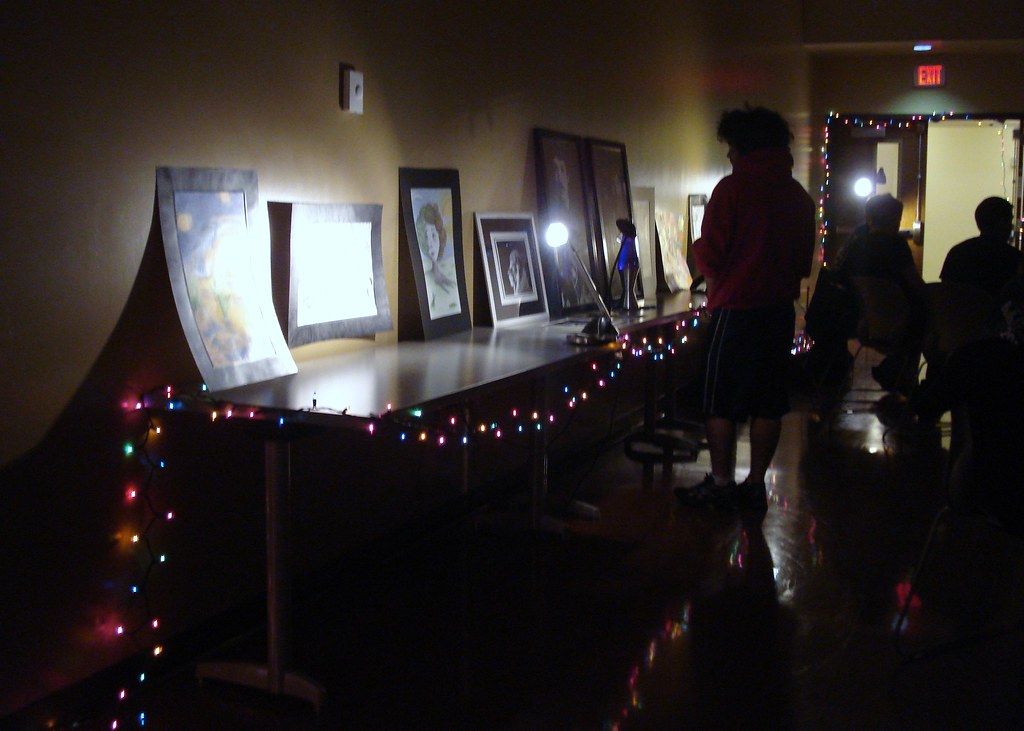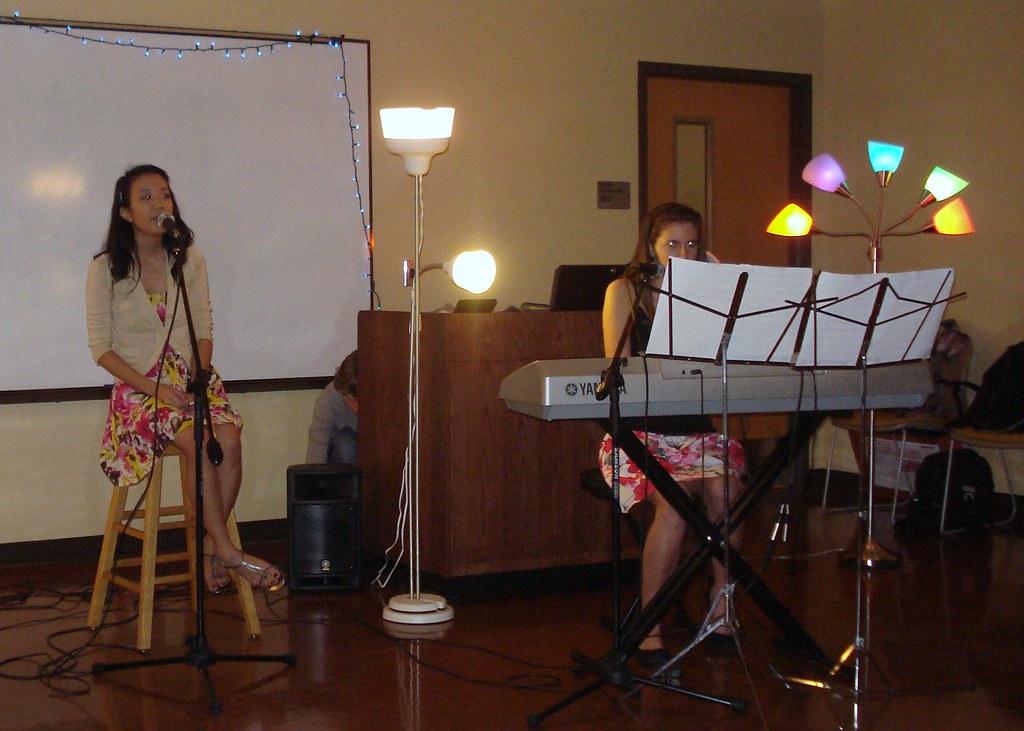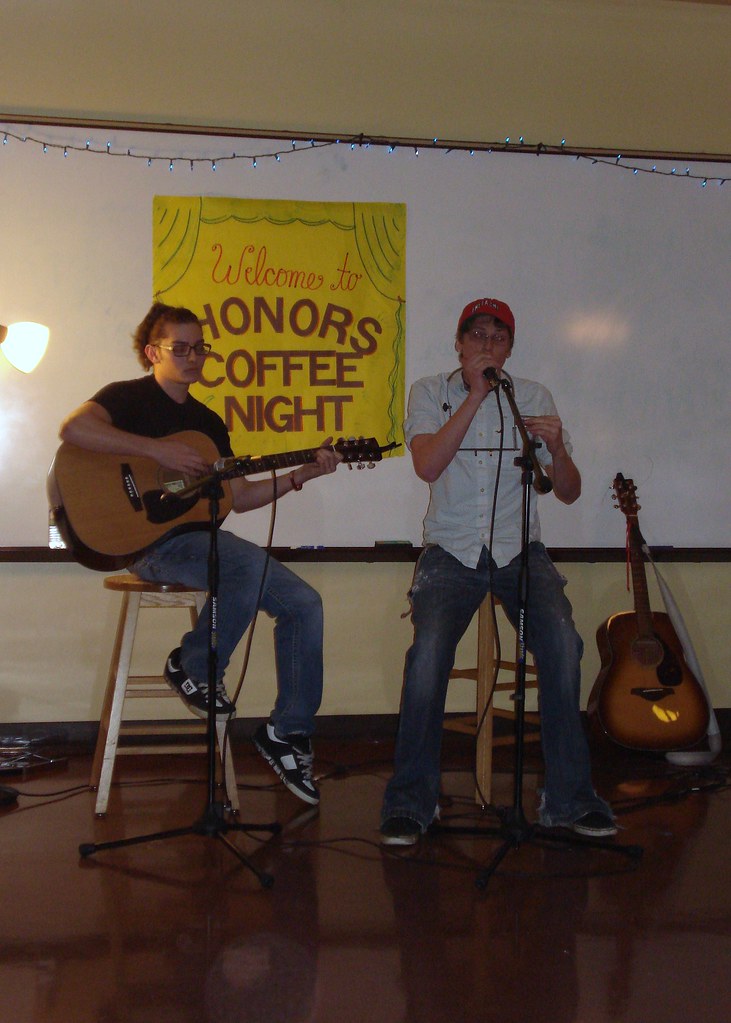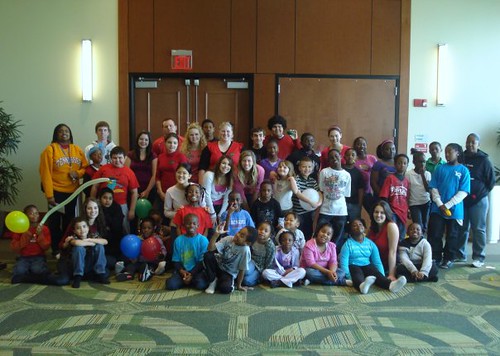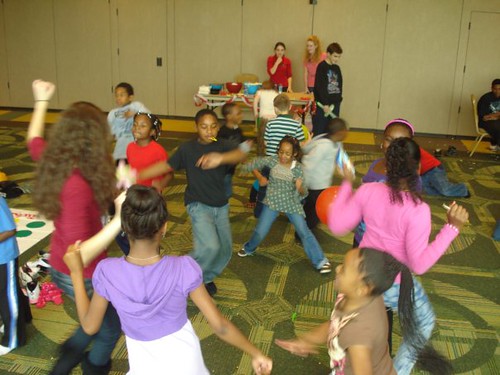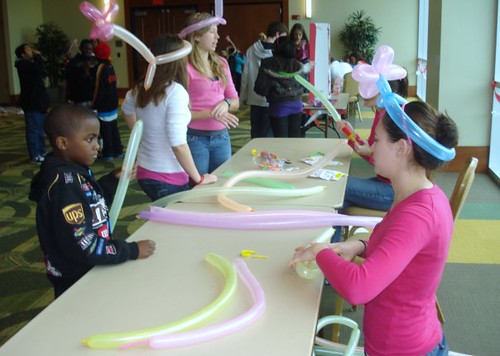The Honors College presents a summer reading assignment every year for the incoming freshmen. This year's book was
Frankenstein by Mary Shelly. Congratulations to Dina Soliman for her winning essay!
A Thirst for Knowledge: A Monster Within Us?
By Dina Soliman
With the passing of each day, something new is discovered to benefit human society. While the search for knowledge results in good – medicine to cure illness and technology to make our quality of life better – it can also intrude into territory in which humans should not meddle, similar to Victor Frankenstein own search in Mary Shelley’s Frankenstein. While we are responsible for our actions, we are also responsible for our knowledge: the methods we take to learn, and the courses of action we take after gaining this new knowledge. For Frankenstein, his obsessive quest leads to his creation of a living being, and his abandonment of his creation leads to the death of his loved ones. As one of the basic components of human nature, obsession also has the potential to wreak havoc on our minds and bodies. As an obsession, beauty is truly within the eye of the beholder. Neither Frankenstein nor the other humans that encounter the monster can tolerate his appearance. Frankenstein’s hatred for his creation brings about the monster’s revenge, and his own obsessions – knowledge and beauty – blind him so much that he becomes ill with guilt for his lack of responsibility. Ultimately, the dangers of misused knowledge, yielding to obsessions, and abandoning one’s responsibilities for what one introduces into the world all contribute to the tragic ends of Frankenstein and his creation.
Just as our actions have consequences, the misuse of knowledge also has consequences. During Frankenstein’s search for knowledge, his desire for succeeding at his task hinders his judgment. As he recounts to Walton, “I had worked hard for nearly two years, for the sole purpose of infusing life into an inanimate body… I had desired it with an ardour that far exceeded moderation; but now that I had finished, the beauty of the dream vanished, and breathless horror and disgust filled my heart” (67). Frankenstein takes a step into forbidden territory, and consequently, his horror and guilt increasingly overwhelm him as he learns of his creation’s vengeance. Despairingly warning Walton, Frankenstein says: “Learn from me, if not by my precepts, at least by my example, how dangerous is the acquirement of knowledge, and how much happier that man is who believes his native town to be the world, than he who aspires to become greater than his nature will allow” (60).
Despite the dangers of the quest of knowledge, the world as we know it continues to advance into the future. Despite public outcry against the nature of abortions for unwanted children, for instance, there are doctors who still perform the operation on pregnant mothers who find themselves unable to take care of their unborn child. The oil spill that occurred in recent months in the Gulf of Mexico, for instance, happened due to an oil drilling accident, and the toxic oil leaked into the ocean ecosystem, harming animals and the hearts and wallets of hundreds of people. Nonetheless, we use oil for gasoline and fuel, which are both essential for the mobile world in which we live. So, if knowledge is so dangerous, is ignorance really bliss? As Frankenstein seems to imply, should we remain content in learning what we are taught from our surroundings and other people, instead of venturing forth to learn the mysteries of the world for ourselves? And is the latter not the ultimate goal of Romanticism – to learn, on our own, unaided by cold science?
Furthermore, Frankenstein is also responsible for the being that he introduced into the world. Prior to the conclusion of his task, Frankenstein refers to what would be his creation as his “child;” (62) however, his actions later in the novel reflect completely opposite sentiments. Instead of taking responsibility for his creation, he abandons him, treats him harshly, and refuses to have anything to do with him. With his refusal to banish his creation’s feelings of loneliness and misery by creating a companion for him, Frankenstein fails to take responsibility for his creation’s actions, and seals his fate in the end of the novel.
Although man-made technology is not as vulnerable as living beings, are we not held accountable for the consequences that our technology produces? Despite Romanticism’s encouragement of mental “flights of fancy” to boost problem-solving, is there still a limit to the imagination? For instance, the scientists who design nuclear weapons capable of complete annihilation have powerful knowledge at their disposal, as well as huge responsibility for this knowledge. Are they insane for designing such devices, despite their unlimited imaginations?
Ultimately, Shelley’s Frankenstein seems to bring into question our tendency to desire ultimate perfection and success. Victor Frankenstein fails in his Romantic quest of creating a perfect human, showing that we must shoulder the responsibilities for the imperfections of our creations.
Works Cited
Shelley, Mary. Frankenstein. 3rd ed. New York: Random House, Inc., 1999.


